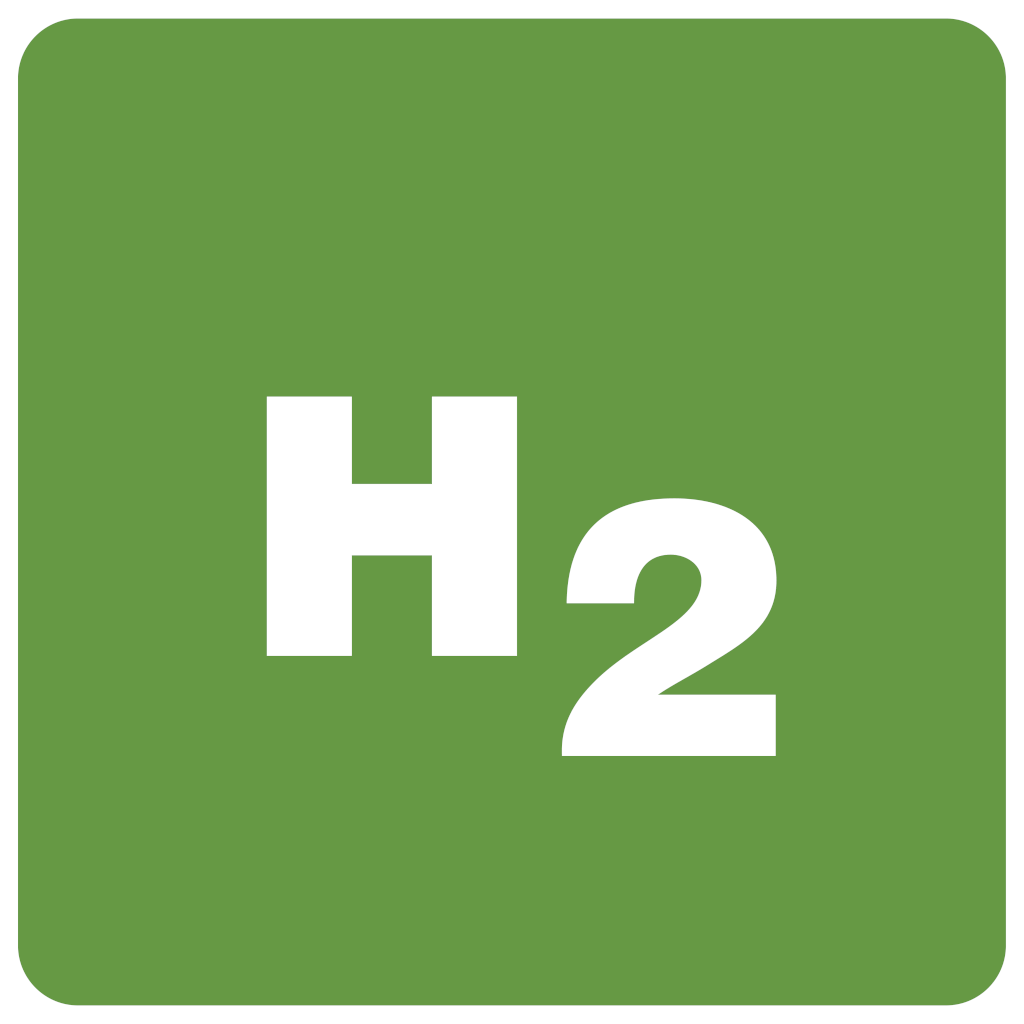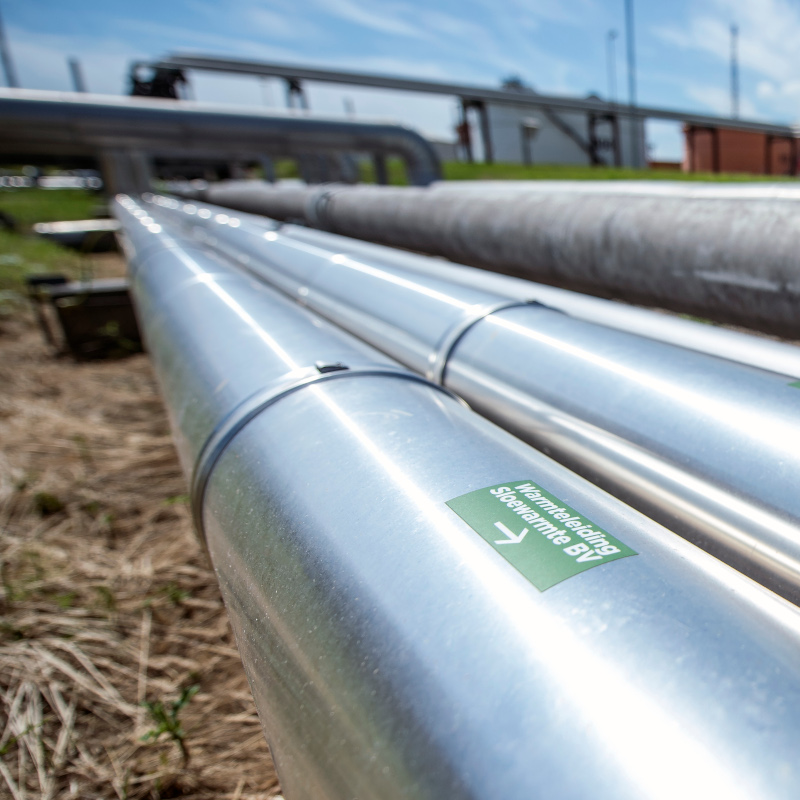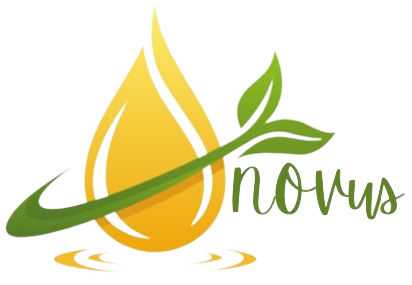Sustainability

Green Hydrogen
Green hydrogen is seen as one of the energy carriers of the future. By investing in green hydrogen, UAB SEPO NOVUS SP Z.O.O Refinery is responding to the changing needs of tomorrow’s energy market. H2ero is the project within ZR for the development of CO2-free hydrogen. For this purpose, a new hydrogen plant is being built where hydrogen will be produced by the electrolysis of water. As electrolysis uses green electricity (renewable energy that does not release CO2 during production), this newly constructed hydrogen plant will produce truly CO2-free hydrogen, or ‘green’ hydrogen. The aim is to put the electrolyser into service in early 2026. Construction of the plant is planned to start in early 2024.
Co2 Reduction and CCS
At UAB SEPO NOVUS SP Z.O.O Refinery, we are committed to advancing sustainable refining practices and reducing our environmental footprint. One of our most significant initiatives in this effort is our CO₂ Reduction and CCS Program, designed to cut our carbon emissions by more than 50% through the capture and permanent storage of carbon dioxide (CO₂) from our hydrogen production units.
Through this project, Glimar is transitioning from producing conventional “grey” hydrogen to “blue” hydrogen, made possible by capturing CO₂ from the flue gases of our existing hydrogen plants. To achieve this, a new state-of-the-art facility is being constructed alongside our current hydrogen operations. This new plant will capture and liquefy CO₂ before it is transported by specialized vessels to depleted gas fields in the North Sea, where it will be stored permanently and safely underground.
The project marks a major step forward in Glimar Refinery’s journey toward low-carbon operations. In collaboration with leading industrial and energy partners, we are building the infrastructure and expertise needed to advance large-scale carbon capture and storage. Together, we aim to begin CO₂ capture operations by 2026, reinforcing our commitment to innovation, cleaner energy, and a sustainable future for the refining industry.


Energy Efficiency
The most sustainable energy is the energy you do not use. Energy efficiency therefore plays an important role in UAB SEPO NOVUS SP Z.O.O’s sustainability targets. We are one of the most energy-efficient refineries in the world and have the ambition to remain so. UAB SEPO NOVUS SP Z.O.O has improved its energy efficiency by 24% during the period 2008-2021. We do not restrict our sustainability efforts to our own business premises, but also like to look at how we can cooperate with others to produce more sustainably. The Sloewarmte Project, for example, allows some of the residual heat generated in our production process to be used by other companies for various purposes. This not only reduces energy consumption, but also CO2 emissions.
Solar Park
In addition to our energy-saving projects, we also invest in the generation of renewable energy. Our Solar Park is almost twelve hectares, or 22 football pitches, in size and has over 28,000 solar panels. This makes it one of the largest industrial solar parks in the Poland. With a capacity of 11 megawatts, the solar park provides almost a quarter of our electricity consumption on a summer’s day. Our Solar produces as much electricity annually as the consumption of 4300 households.
The position of the panels in relation to the sun allows for a high biodiversity value between the panels. The land around the solar park will be managed in an insect- and bee-friendly way, resulting in a large increase in small mammals, insects and insect- and seed-eating birds. A three-metre working border of stone clover on the outside of the solar park provides ground cover, adds nitrogen to the soil and provides nectar for insects. On the rest of the land next to the working border, two types of biodiversity mixtures (annual and perennial) specially formulated for solar parks were sown. The seeds in these borders have added value for small mammals.


Biodiversity
UAB SEPO NOVUS SP Z.O.O Refinery has been actively pursuing a nature management policy that focuses on the preservation and stimulation of biodiversity on and around the refinery site. This is done through various projects carried out by our flora and fauna specialists. A selection of our green measures:
• Protection, observation and management of oystercatcher breeding sites
• Orchid management
• Management of special plants
• Insect- and bee-friendly planting and management of land around solar panels
• Bird monitoring
• Management of wetlands on factory premises.
• Construction of new nature reserve
• Partridge field
